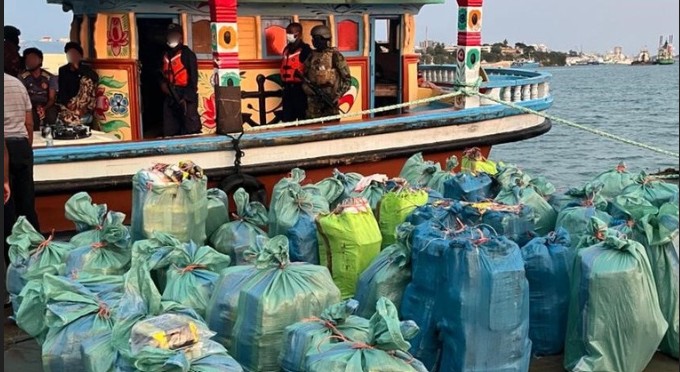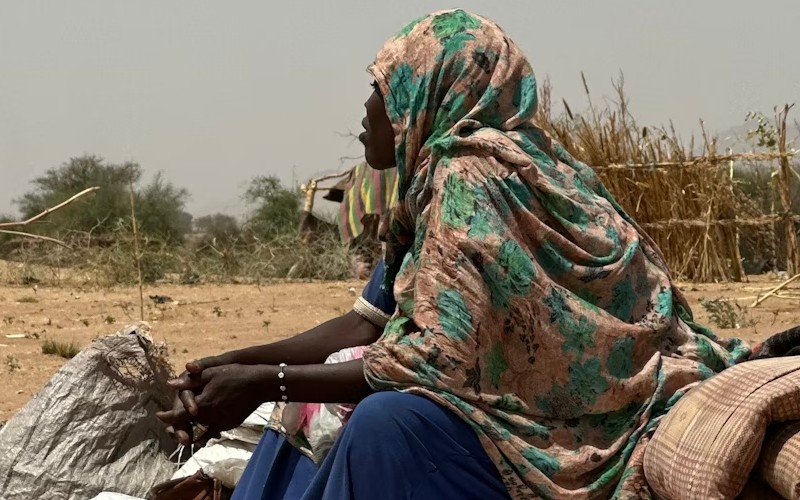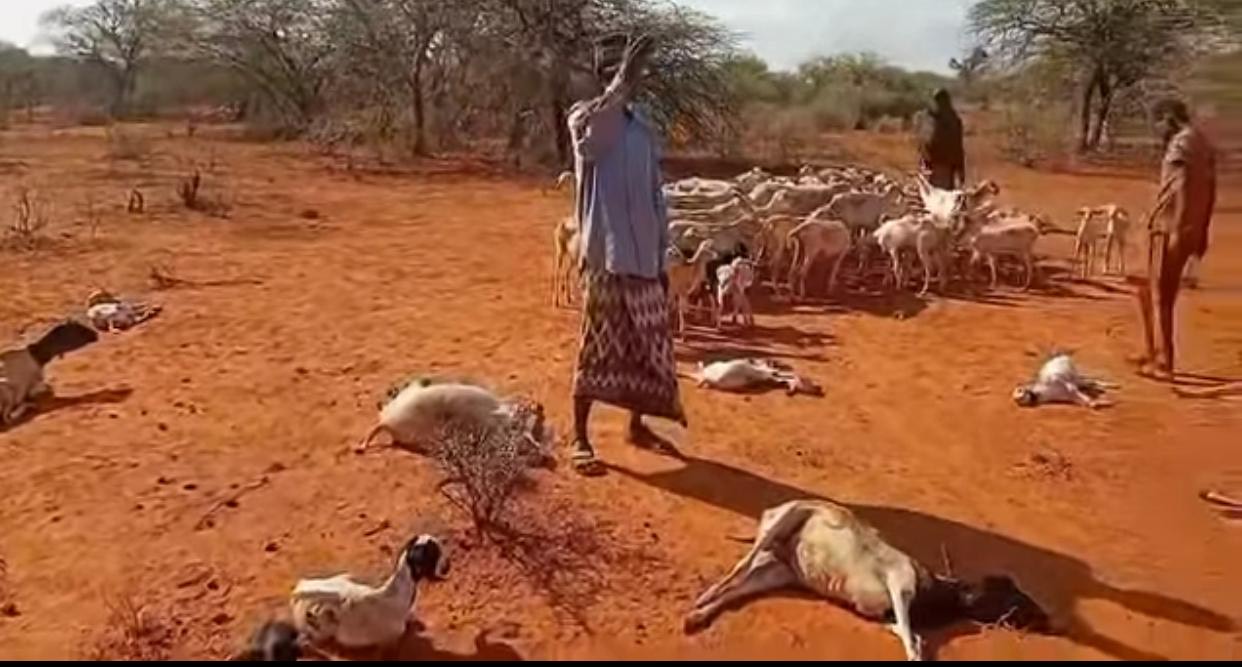From logging to honey production: How beekeeping is saving Lamu’s mangroves forests

This initiative aimed to create alternative livelihoods for the Swahili-Bajuni community, traditionally known for fishing and logging.
Mangrove loggers and fishermen from various islands in Lamu have turned to beekeeping as a sustainable alternative, reducing pressure on mangrove forests and the broader marine ecosystem.
The Pate Resources and Tourism Initiative (PRATI), a community and youth-led organisation based on the remote Pate Island in Lamu East, has embraced beekeeping as a viable activity in the mangrove forests.
More To Read
- Garissa leaders oppose wildlife relocation, demand revival of dormant game reserves
- KWS receives high-tech patrol boat to boost conservation, security in Lake Turkana
- Earth Day marked as global risks report warns of escalating environmental threats
- Tourism booms as Nairobi parks become most visited, attracting 886,000 visitors in 2024
- Salty-sweet flavoured mangrove honey: The pride of Kenya’s Coast
- Heroines of conservation: Lamu women restore mangrove forests, tree by tree
Comprising 34 members, PRATI identified Chukuchu — a well-known mangrove-degraded site in Lamu East — as a focus for restoration efforts. In 2018, they began replanting mangroves and later set up traditional beehives within the few remaining mangrove forests.
This initiative aimed to create alternative livelihoods for the Swahili-Bajuni community, traditionally known for fishing and logging.
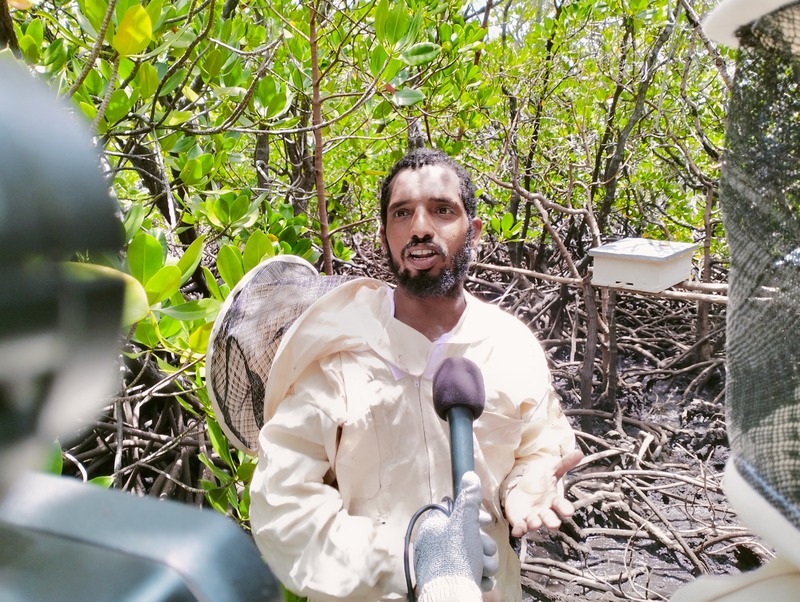 Swaleh Abdallah, one of the fishermen who has ventured into beekeeping to curb further exploitation of mangroves. (Farhiya Hussein)
Swaleh Abdallah, one of the fishermen who has ventured into beekeeping to curb further exploitation of mangroves. (Farhiya Hussein)
Swaleh Abdalla, 30, PRATI's treasurer, told The Eastleigh Voice that introducing alternative income-generating activities, such as beekeeping, has significantly reduced the exploitation of indigenous forests while enhancing fish stocks in the Indian Ocean.
Swaleh credited Wetlands International, a global non-profit organisation committed to wetland conservation, with providing apiculture training in 2022. Apiculture, the science of beekeeping, involves maintaining bee colonies in man-made hives. Honeybees of the genus Apis are the most commonly kept species, although stingless bees like Melipona are also used.
“As PRATI, we began apiculture and mangrove restoration in early 2018. Initially, most of our honey was consumed locally, mainly for medicinal purposes. In 2022, with support from Wetlands International, our members, including myself, received specialised beekeeping training,” said Swaleh.
At the time, the group had only ten locally made beehives, which yielded minimal honey. “After the training, Wetlands International provided us with 50 modern beehives and the necessary equipment for harvesting and processing. These hives, installed deep within the mangrove forests, have transformed our efforts. Three years on, we now sell honey for profit, and many of us no longer depend on fishing or logging for our livelihoods,” he explained.
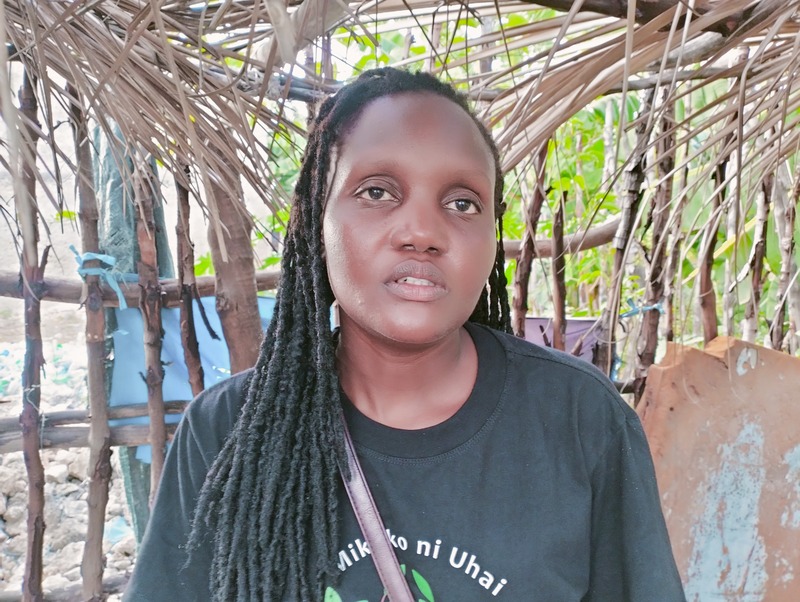 Wetlands International Project Officer Shawlet Cherono. (Photo: Farhiya Hussein)
Wetlands International Project Officer Shawlet Cherono. (Photo: Farhiya Hussein)
Mohamed Hassan, another PRATI member, highlighted the group’s outreach efforts, promoting conservation and beekeeping across Pate Island and its surroundings.
“PRATI has become a platform for knowledge on restoration and conservation. We involve local communities in our projects and ensure robust monitoring and evaluation,” he said.
Husna Bakari, 26, PRATI’s vice secretary, noted that their activities, including mangrove planting and the introduction of beekeeping, have reduced harmful practices by over 90 per cent in the Pate Island community.
“Mangroves are crucial for the Lamu community as they provide breeding grounds for fish. Degradation of these forests directly impacts fish populations. That’s why we equip our people with knowledge about mangrove conservation and promote beekeeping to reduce reliance on mangrove harvesting and fishing,” said Husna.
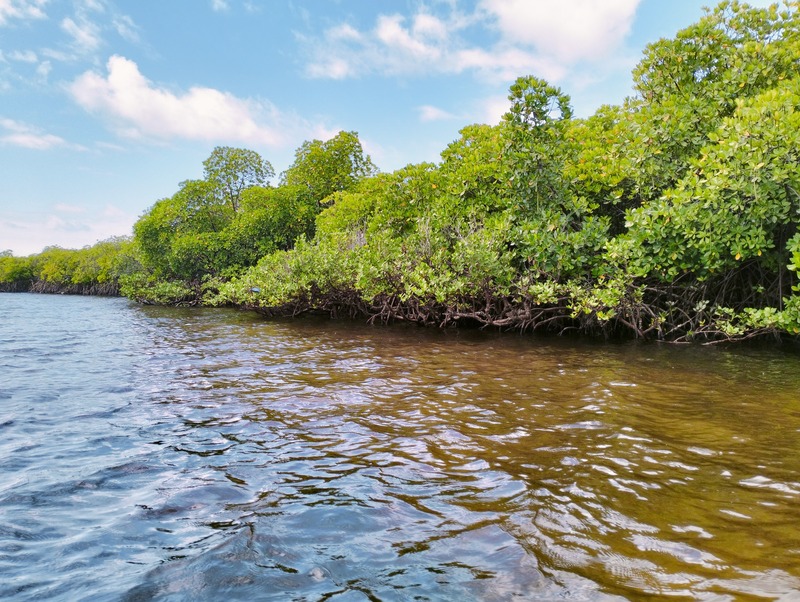 A section of mangrove forests in Pate, Lamu East. (Photo: Farhiya Hussein)
A section of mangrove forests in Pate, Lamu East. (Photo: Farhiya Hussein)
Shawlet Cherono, Lamu’s Wetlands International Project Officer, commended PRATI’s success, stating that beekeeping has become a sustainable venture supplementing the community’s income while advancing conservation efforts.
“Our goal is effective conservation alongside alternative income sources for the Lamu communities. Introducing beekeeping has been a step in the right direction,” Cherono said.
Samuel Lodiro, Lamu County Forest Conservator with the Kenya Forest Service (KFS), praised the collaborative efforts of conservationists, Community Forest Associations (CFAs), and other stakeholders in preserving Lamu’s mangrove forests.
“Africa’s mangroves offer immense value, but they face significant stress due to over-exploitation. Initiatives like PRATI’s demonstrate how conservation and sustainable livelihoods can coexist,” said Lodiro.
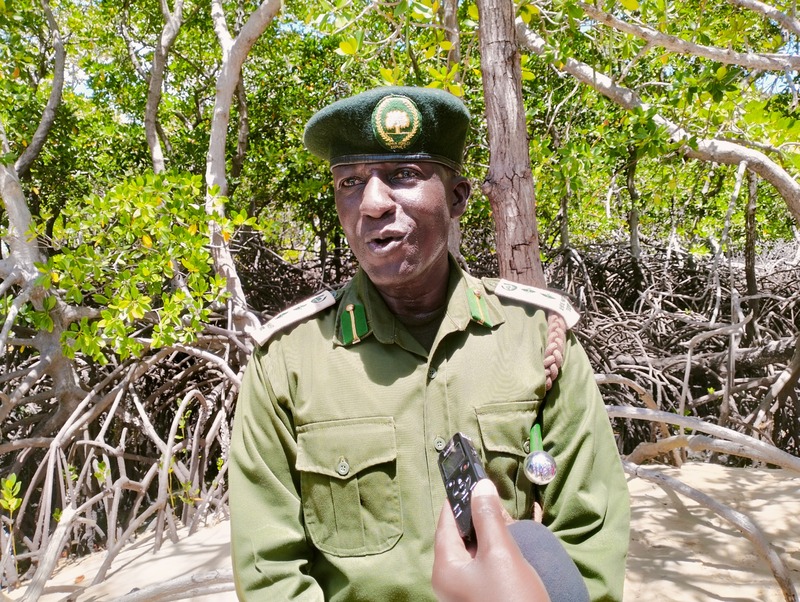 Samuel Lodiro, Lamu County Forest Conservator with the Kenya Forest Service (KFS). (Photo: Farhiya Hussein)
Samuel Lodiro, Lamu County Forest Conservator with the Kenya Forest Service (KFS). (Photo: Farhiya Hussein)
Despite centuries of harvesting, Lamu County retains over 60 per cent of Kenya’s mangrove cover. The National Mangrove Ecosystem Management Plan 2017–2027 identifies five mangrove management units in Lamu, with Pate Island Swamps accounting for 26 per cent of the county’s mangroves.
Fishing remains Lamu’s economic backbone, with fish relying on mangroves, coral reefs, and seagrasses for breeding and nesting, away from the turbulent currents of the Indian Ocean.
Top Stories Today




